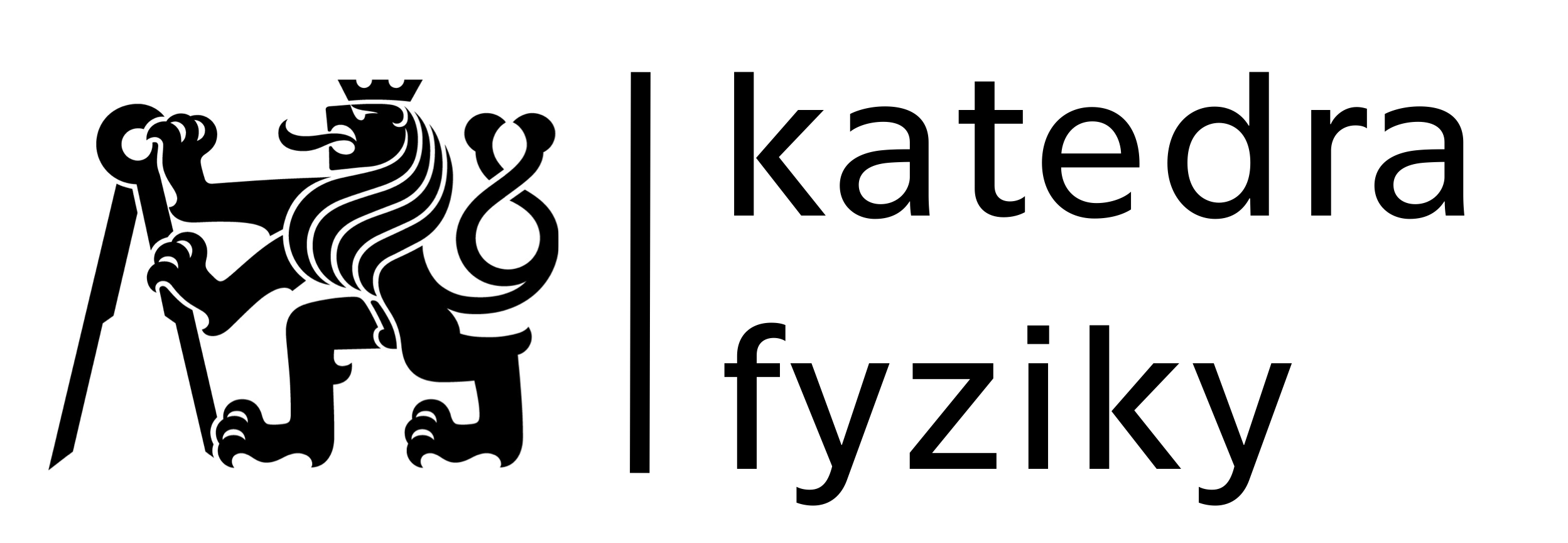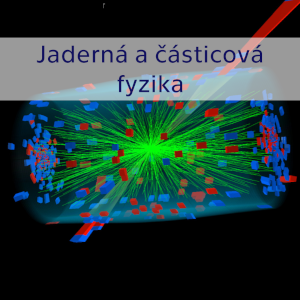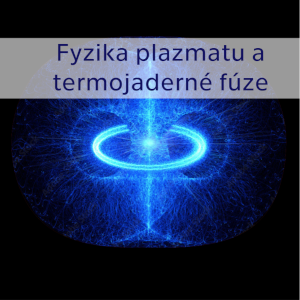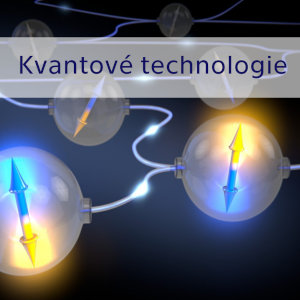Outline:
The research work will be focused on advanced studies of the Runaway Electrons (RE) phenomenon [1] on the GOLEM tokamak at CTU. It is a direct continuation of recent research dedicated to RE on GOLEM in the framework of the CAAS project at CTU [2]. The work of the candidate shall be dedicated to enhancing current range of RE diagnostic methods
- To carry scientific literature research with respect to RE diagnostic tools on tokamaks including their potential for the Integrated data analysis (IDA) [3].
- Participate - in the early stage of the research work – in the routine RE studies on the GOLEM tokamak and propose a critical analysis (e.g. using synthetic data) of accuracy and relevance of the present measurements to our facilities.
- Integrate and possibly propose other suitable complementary diagnostic systems for RE research on the GOLEM tokamak (e.g. the ECE radiometry, matrix cameras, calorimetry or Cherenkov radiation measurements). Propose novel RE experiments with the enhanced range of diagnostic tools and carry on the corresponding RE experimental campaign on the GOLEM tokamak.
- Analyse data, possibly with a clear physical interpretation of the analyses. Alternatively, the candidate should define – based on available diagnostic data - detailed request computer modelling task that would allow to interpret RE generation in the GOLEM tokamak, RE confinement in its magnetic field, and last but not least the observed RE losses. Discuss the potential of the facilities with respect to the IDA methods
References:
[1] Ficker O. et al. Runaway electron beam stability and decay in COMPASS 2019 Nucl. Fusion 59 096036
[2] Cerovsky J. et al 2022 JINST 17 C01033
[3] Tomeš M. et al. Feasibility study and CXRS synthetic diagnostic model for COMPASS upgrade based on Cherab and Raysect framework. Fusion Engineering and Design, 170, p.112498





